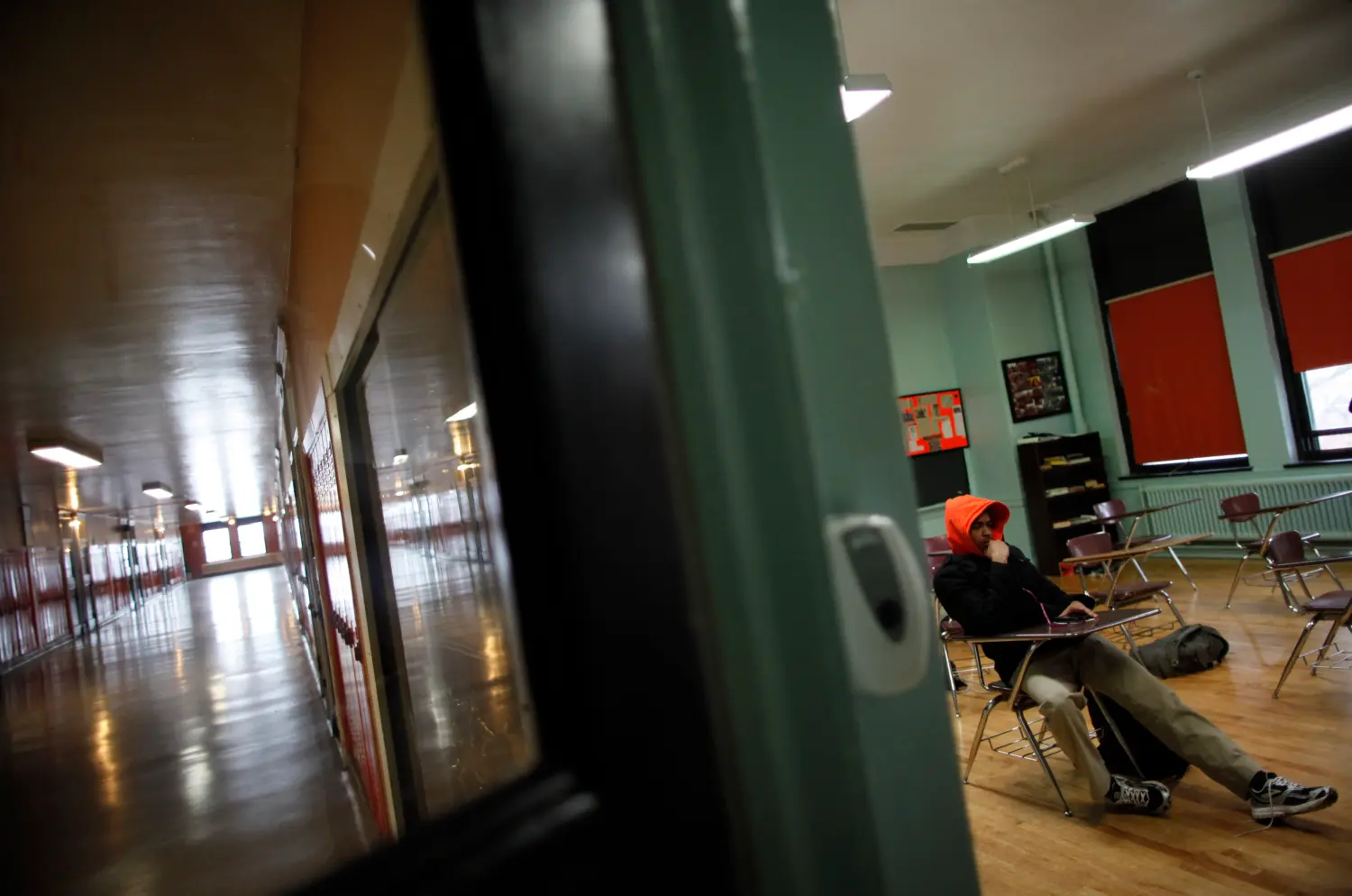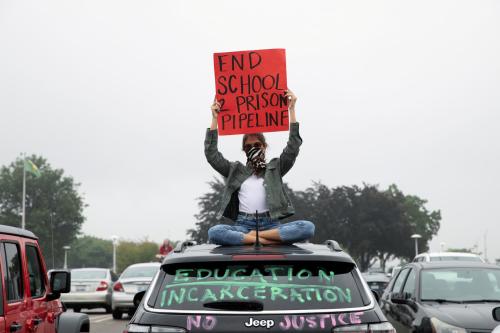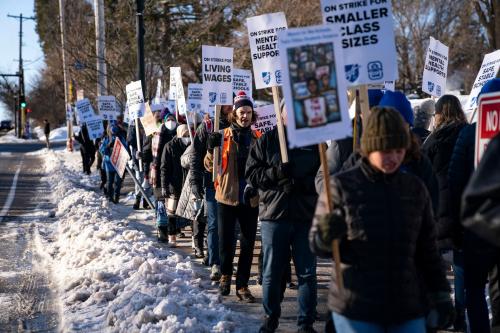The 2015 recipient of the Council of Chief State School Officers (CCSSO) National Teacher of the Year Award, Shanna Peeples, recently spoke about the importance of teachers believing in their students—and imparting their expectations to students—particularly students who doubt their ability to succeed academically. Students have similar feelings and frequently report favoring teachers who “believe in [students’] ability to succeed”. Teachers’ expectations may either counteract or reinforce negative expectations held by traditionally disadvantaged students who lack access to educationally-successful role models. To date, however, little is known about how teachers form expectations and whether their expectations are systematically biased.
Along with colleagues at American University and Johns Hopkins University, I begin to address these questions in a recent study. We find evidence of systematic biases in teachers’ expectations for the educational attainment of black students. Specifically, non-black teachers have significantly lower educational expectations for black students than black teachers do when evaluating the same students. We cannot determine whether the black teachers are too optimistic, the non-black teachers are too pessimistic, or some combination of the two. This is nonetheless concerning, as teachers’ expectations likely shape student outcomes and systematic biases in teachers’ expectations for student success might contribute to persistent socio-demographic gaps in educational achievement and attainment. As Ms. Peeples noted in her interview, it is important that all teachers maintain and convey high expectations for all students.
Our study identifies systematic biases in teachers’ expectations using data from a nationally representative survey of U.S. tenth graders that asked two teachers per student how much education they expected the student to ultimately complete. The research design is motivated by the intuitive idea that if two teachers disagree about the expected educational attainment of a student, at least one of the teachers must be wrong. One possibility is that such differences are random in nature, owing perhaps to idiosyncrasies in the chance encounters that occur between students and teachers during the school year. However, if such differences in teachers’ expectations are related to the demographic match between students and teachers, this suggests that teachers have systematically biased beliefs about students’ educational potential for at least a subset of student-teacher relationships.
Having two teachers provide their expectations for each student is central to our strategy for disentangling the causal relationship between student-teacher demographic mismatch and teachers’ expectations for students from other, possibly confounding factors. For example, student and teacher race may be correlated with school resources, which might influence the likelihood of being assigned to an other-race teacher, but also influence expectations about educational attainment. However, comparing two teachers’ expectations—one black and one non-black—for the same student at the same point in time eliminates such concerns.
When looking at average effects across all students, we find small, statistically significant effects of student-teacher racial mismatch on teachers’ expectations. However, these relatively small average effects are entirely driven by much larger effects among black students. For example, when a black student is evaluated by one black teacher and by one non-black teacher, the non-black teacher is about 30 percent less likely to expect that the student will complete a four-year college degree than the black teacher.
These results are not meant to, nor should they, demonize or implicate teachers. Biases in expectations are generally unintentional and are an artifact of how humans categorize complex information.[1] Rather, we hope to start a dialogue between educators, policymakers, parents, researchers, and other stakeholders about the possible causes and consequences of systematic biases in teachers’ expectations for student achievement and attainment. Our findings highlight the need to better understand how teachers form expectations, what types of interventions can reduce or eliminate biases in teacher expectations, and perhaps most importantly, how such expectations and biases affect the long-run student outcomes of ultimate import. Correlations between teachers’ expectations and student outcomes are well documented, but whether or not this relationship is causal remains unclear; it is a question that our research group is currently working on.
The finding that student-teacher racial mismatch affects teachers’ expectations for students’ educational attainment is consistent with existing evidence that indicates student-teacher racial mismatch directly affects student achievement (see studies from Tennessee, California, and Florida). To the extent that teacher expectations do affect student outcomes, the systematic biases in teachers’ expectations discussed above illustrate the importance of hiring of a more representative teaching force. Although the teaching force has become more racially and ethnic diverse of late, in 2012, 44 percent of K-12 students in the U.S. were racial or ethnic minorities compared to only 17 percent of teachers. Similarly, it might be wise for teacher training and professional development programs to routinely emphasize the importance and duty of all teachers to nurture, support, and encourage all students, regardless of their innate ability, talents, behaviors, or home circumstances. Teachers can avoid the “soft bigotry of low expectations” by maintaining, and expressing, high expectations for each and every student.
[1] See, for example, Cosmides, Leda, John Tooby, and Robert Kurzban. 2003. “Perceptions of Race.” Trends in Cognitive Sciences 7(4):173–179.




